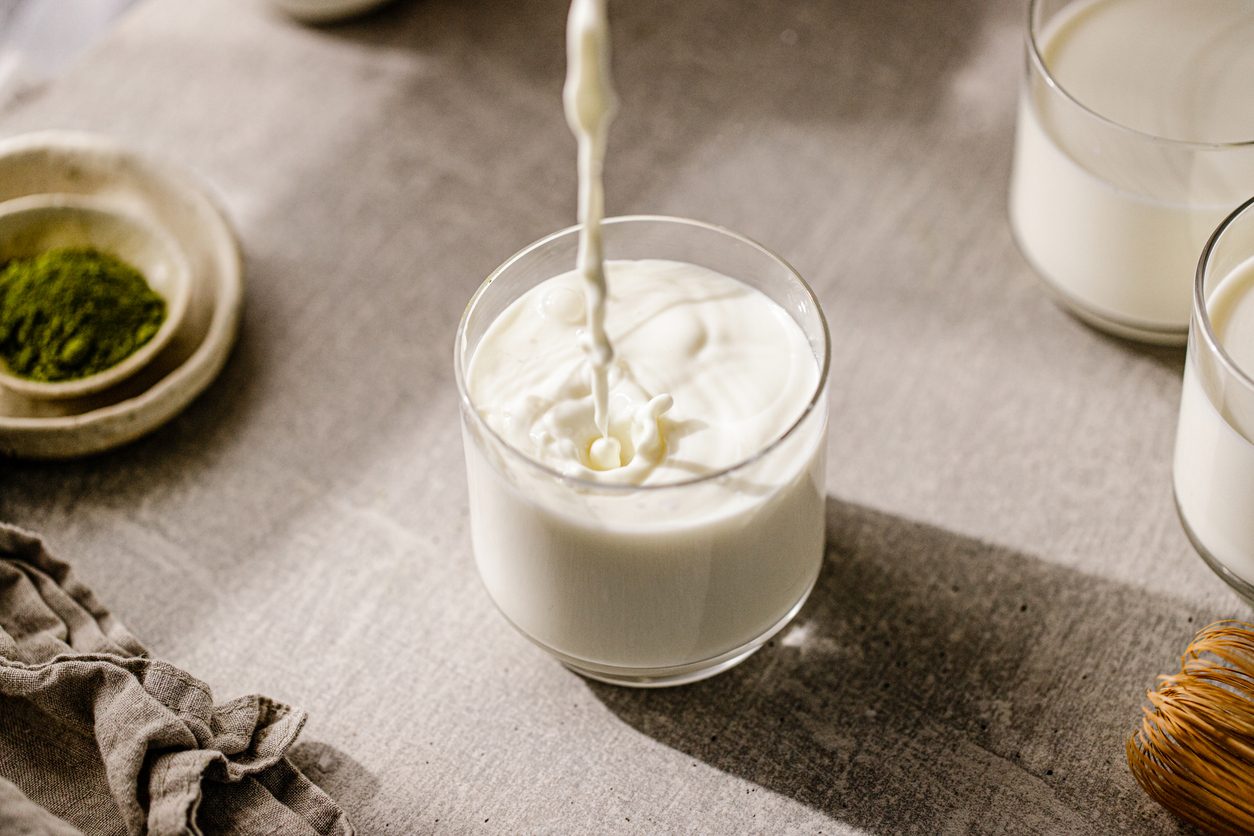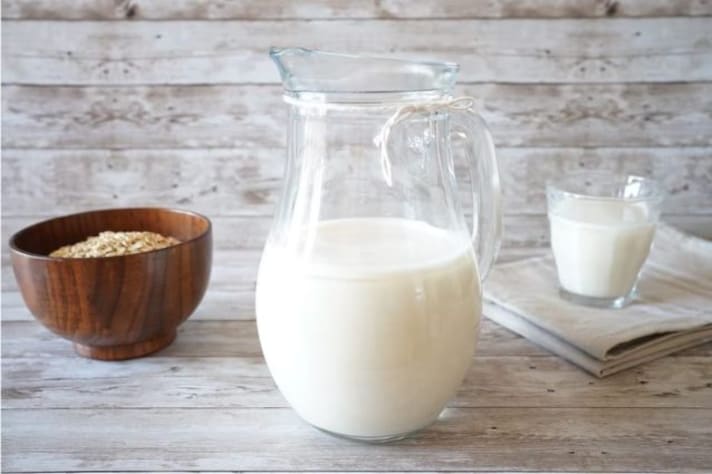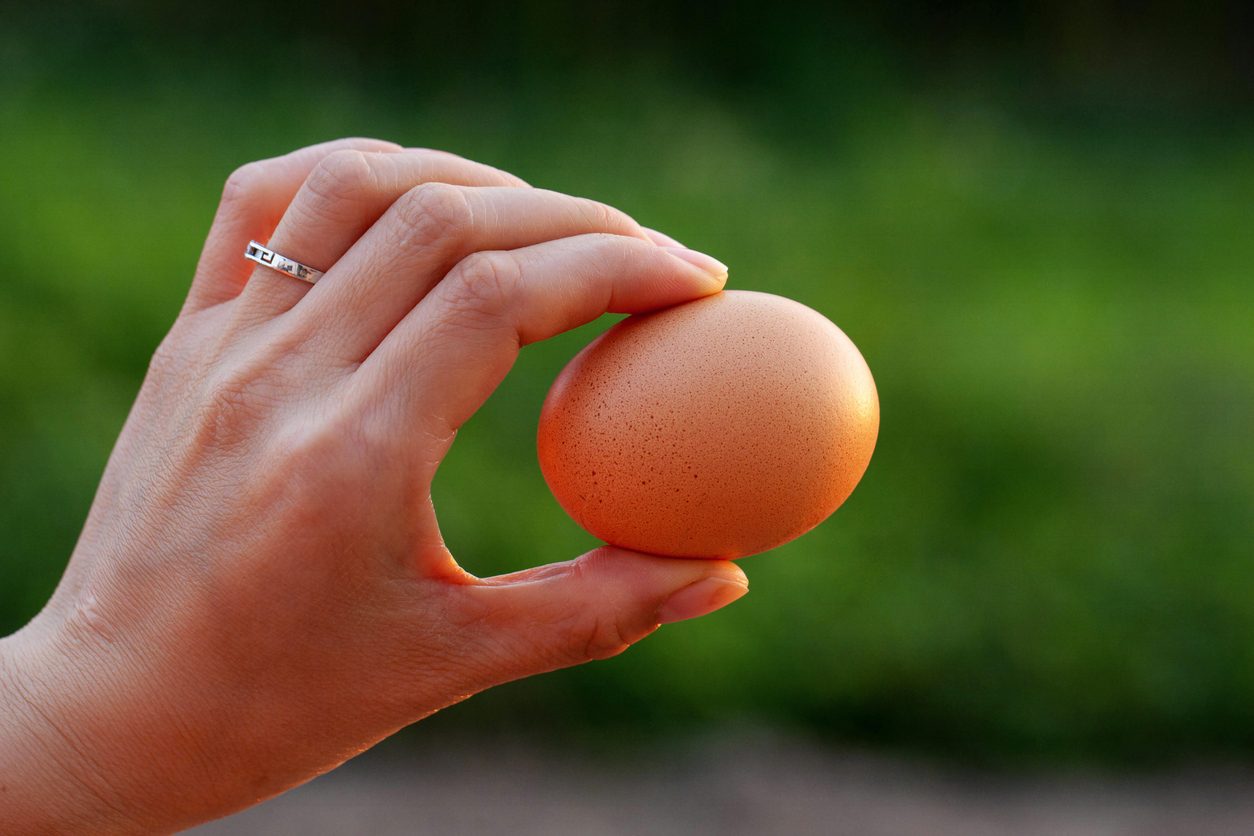How To Check The Origin Of Your Milk Through Plant Codes
Have you ever glanced at the cryptic numbers on your milk carton and wondered about their significance? Milk plant codes provide important information that ensure transparency within the dairy industry. In this article, we take an indepth look at milk plant codes, offering insights into the origins of your dairy products and empowering you to make informed choices.
;)
Regardless of what container your milk comes in, it will always bear a plant code. Although they may appear random, these numbers provide valuable insights into the journey of your dairy products—from farm to fridge. The next time you reach for a carton of milk, take a moment to decipher the code printed on its label. Behind those seemingly innocuous numbers lies a wealth of information about the journey of your dairy products. By harnessing the power of milk plant codes, you too can champion transparency, and sustainability in the dairy industry.
Discover the Truth Behind Your Dairy Products Using Milk Plant Codes

You may have noticed an unlabeled code on your milk container right next to other important dates like the expiration date. This code on your milk carton or bottle isn't just a random mix of digits, it is a window into the complex network of dairy production and distribution. The milk plant code is made up of a series of numbers that signify where the milk was processed and packaged.
You will usually find this code located near the expiration date or on the lid of gallon containers. Although typically unlabeled, this code is crucial as it can help you trace the true origin and manufacturing process of your milk back to the dairy plant where it originated.
Empowering Consumer Choice: From Farm to Fridge
Dairy products are an everyday food item and by understanding the concept of milk plant codes, you gain the power to make informed decisions about the ones you choose to consume. Milk producers are required to always keep these codes on the bottle as a transparency effort. Therefore, many people use the special codes to maintain ethical standards.
Whether you prefer locally sourced milk or want to avoid brands associated with industrialized practices, you can ensure that your milk purchases align with your values. By supporting transparent and ethical dairy production, consumers can advocate for a more sustainable and responsible food system.

How to Crack the Milk Plant Code in 3 Steps
If you are concerned about the quality of your milk or the manufacturing process involved then you will need tocrack your milk plant code. Follow these simple steps to decode the milk plant code:
- Locate the Code: Look for the code printed near the top of the milk container or on the lid of gallon containers.
- Interpret the Numbers: The first two numbers of the code indicate the state where the dairy plant is located. For example, a code starting with "08" signifies packaging in Colorado.
- Unlock the Origin: Use online resources like "Where is My Milk From" to input the code and reveal the dairy plant where your milk was processed.
Join the Effort

In addition to deciphering milk plant codes, you can take proactive steps to support organic and ethical dairy practices. Initiatives like Cornucopia's Organic Dairy Scorecard provide valuable guidance for selecting brands that prioritize animal welfare, environmental sustainability, and human health. By choosing authentic organic options and advocating for transparency, you can play a crucial role in shaping the future of dairy production.
To report organic milk to the Cornucopia Institute and promote transparency, conduct personal investigations into milk plant codes. Visit co-ops, grocery stores, and big-box retailers to identify organic brands and record their plant codes. Submit these details via a provided form, aiding Cornucopia's investigations. Your efforts safeguard organic standards and support consumer health, animal welfare, and environmental integrity.
;Resize,width=767;)
;Resize,width=712;)


